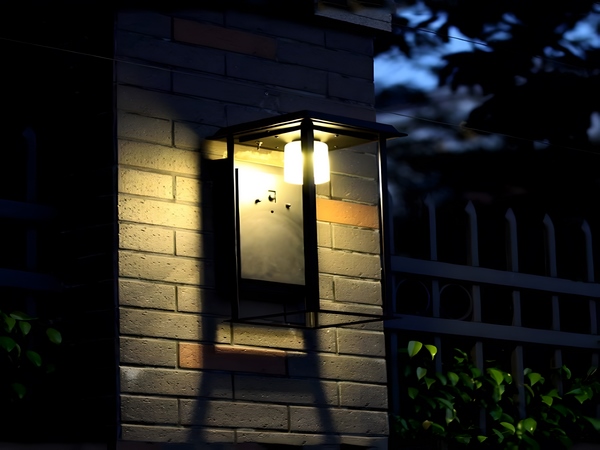
Today, solar street lights are increasingly common in both urban and rural areas, showcasing their advanced features which are closely related to their product advantages. What are these specific advantages? Below, we will provide a detailed introduction.
Advantages of solar street lights:

1. Safety performance: Solar street lights operate on low voltage (12-24V), which is stable and reliable, posing no safety hazards. Compared to traditional electric street lights, which have greater safety risks due to changing environments, road renovations, landscape project construction, and other factors that may disrupt power supply or create hazards, solar street lights offer a safer option.
2. Easy installation and cost-saving: Installing solar street lights requires no complex wiring; only a concrete base and a battery pit are needed, which can be secured with galvanized bolts. This results in minimal consumption of human, material, and financial resources, and installation is straightforward without concerns about wiring or digging, or power outages. Traditional electric street lights, on the other hand, can incur high electricity costs and necessitate ongoing maintenance of complex wiring.
3. Energy-saving and environmentally friendly with a long lifespan: Solar street lights generate electricity through solar photovoltaic conversion, harnessing a limitless energy source. They operate without pollution, noise, or radiation. Installing solar street lights in communities can continually reduce property management costs and lower expenses shared by residents. The lifespan of solar street lights is significantly longer than that of traditional electric lights.

This concludes our discussion on the advantages of solar street lights. They do not require wiring, do not depend on AC power supply, and do not generate electricity costs. With direct current power supply and light-sensitive control, these lights offer great stability, long lifespan, high luminous efficiency, easy installation and maintenance, high safety performance, energy efficiency, environmental friendliness, and economic practicality. They can be widely applied in main and secondary urban roads, communities, factories, tourist attractions, parking lots, and other locations.



